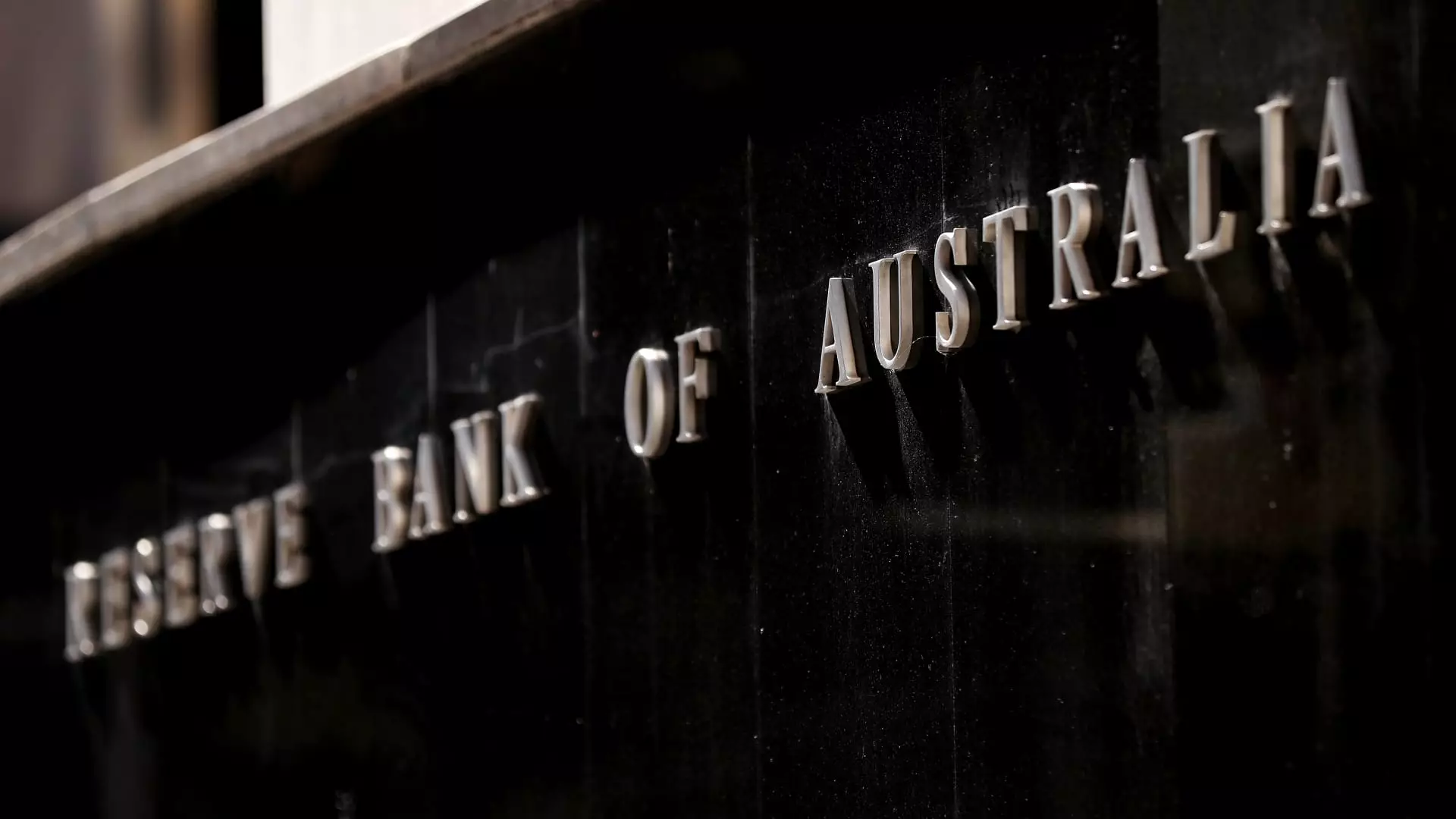In a significant development for the Australian economy, the Reserve Bank of Australia (RBA) announced a benchmark interest rate cut for the first time in over four years. The reduction, effective on Tuesday, reduces the rate by 25 basis points to 4.10%. Following an extensive period of adversity during the pandemic, this move reflects a substantial shift in the RBA’s monetary policy approach as it attempts to align with global monetary trends, particularly amid moderating inflation rates. By scrutinizing this pivotal decision, we can better understand the broader implications for Australia’s economic landscape.
The RBA’s prior key adjustment occurred in November 2020 when rates were slashed to record lows in response to the economic downturn instigated by the COVID-19 pandemic. Since then, the central bank has adopted a tight monetary policy, implementing a series of 13 rate hikes intended to counteract rising inflation. The current decision marks a notable departure from that strategy, suggesting a new phase where easing monetary policy is seen as necessary to foster economic growth, especially given the country’s sluggish expansion metrics.
The decision to lower interest rates is expected to provide a stimulus to the Australian economy, particularly for consumers and businesses reliant on borrowing. With the central bank’s confidence growing in the declining inflation trend—evidenced by a drop from 2.8% in September to 2.4% in December—the RBA has shown a willingness to recalibrate its monetary policy in light of improved economic indicators. However, caution remains paramount, as the board’s statement indicated a deliberate and gradual approach to any future policy adjustments.
Market expectations aligned with the RBA’s decision, as evidenced by a rally in government bonds in anticipation of a rate cut. The yields on Australian 10-year government bonds saw a notable decline, reflecting investor sentiment on the future trajectory of interest rates. Nevertheless, analysts are wary of protracted easing, with forecasts suggesting that the central bank may limit itself to only a few more rate cuts in the near future. Abhijit Surya from Capital Economics noted that the current cycle of easing could be “short-lived,” paving the way for a potential terminal cash rate of 3.60%.
A significant factor influencing the RBA’s decision to cut rates was the ongoing easing of inflationary pressures. The central bank has strategically targeted a medium-term inflation range of 2-3%, a benchmark critical for ensuring economic stability. Concurrently, Australia’s labor market remains resilient, with unemployment hovering around 4%, which has complicated the inflation narrative. Although the job market indicators appear robust, the RBA anticipates that any future economic recovery may be gradual, with growth in household consumption potentially lagging expectations.
From a governmental perspective, the rate cut serves as a boost for the Labor government, which is facing a challenging election cycle amid stagnant economic growth. Australia’s GDP modestly increased by just 0.3% in the September quarter, marking a significant slowdown from previous rates. In this context, the RBA is keenly aware of the uncertainties surrounding domestic economic activity and inflation, which necessitates careful navigation of policy initiatives to restore consumer confidence and fuel economic momentum.
Overall, the RBA’s recent interest rate cut represents a calculated attempt to revitalize the Australian economy in the face of moderating inflation and uncertain growth dynamics. While the move has met with favorable market reactions and aligns with global monetary trends, the path ahead remains fraught with challenges. As the central bank and government navigate the complexities of economic recovery, their ability to maintain a delicate balance between monetary easing and inflation control will be imperative in shaping Australia’s economic trajectory.


Leave a Reply